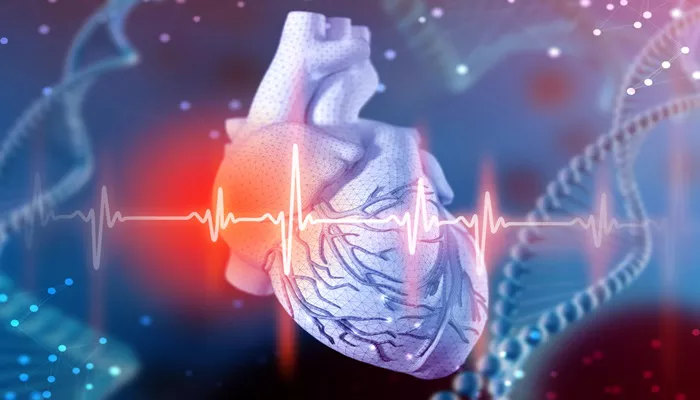Recent research has revealed that radiation exposure to certain cardiac structures during the treatment of inoperable non-small cell lung cancer (NSCLC) is associated with a higher risk of arrhythmias.
This finding highlights the potential cardiovascular risks faced by patients undergoing radiotherapy for lung cancer.
The study, conducted by researchers at Brigham and Women’s Hospital, utilized an artificial intelligence (AI) model to analyze data from over 700 patients. Dr. Raymond Mak, a member of the Department of Radiation Oncology, noted that this AI model significantly reduced the time required for manual analysis. “Radiation exposure to the heart during lung cancer treatment can have serious and immediate effects on a patient’s cardiovascular health,” he stated.
The goal of the research is to inform oncologists, cardiologists, and patients about the heart risks associated with radiation therapy for lung cancer.
Published in the journal JACC: CardioOncology, the study focused on understanding the relationship between radiation doses and various types of arrhythmias in patients treated for locally advanced NSCLC.
The researchers developed a deep learning model to segment cardiac structures, allowing them to assess the radiation dose received by different parts of the heart.
To train the AI model, the researchers segmented the atrioventricular and sinoatrial nodes from 46 participants at Cedars-Sinai Medical Center. The patients were then randomly divided into training, validation, and testing groups. Following this, the model was applied to a retrospective analysis of 748 patients treated with thoracic radiotherapy between 1998 and 2014 at multiple institutions, including Dana-Farber Cancer Institute and Brigham and Women’s Hospital. The median age of the patients was 65, with nearly half being women.
All patients included in the study had clinical stage II or III locally advanced NSCLC and received either 3D conformal or intensity-modulated radiotherapy. Patients who underwent stereotactic body radiotherapy were excluded from the analysis.
Dr. Mak emphasized the innovative use of AI in their research. “We leveraged AI algorithms to segment structures like the pulmonary vein and parts of the conduction system to measure radiation dose exposure in over 700 patients. This saved us many months of manual work,” he explained. He believes this approach not only has clinical implications but also paves the way for further AI applications in radiation oncology research.
The study found that approximately one in six patients experienced at least one severe arrhythmia, with a median onset of two years after treatment. The researchers cataloged various arrhythmias, including atrial fibrillation, atrial flutter, and ventricular tachyarrhythmias. Dr. Mak noted that serious arrhythmias, classified as Grade 3 events, often require medical intervention or hospitalization. Furthermore, nearly one-third of patients with arrhythmias also faced significant adverse cardiac events.
This research underscores the importance of monitoring cardiovascular health in patients receiving radiation therapy for lung cancer. As the healthcare community continues to explore the implications of radiation on heart health, the findings from this study could lead to improved patient care and management strategies.


